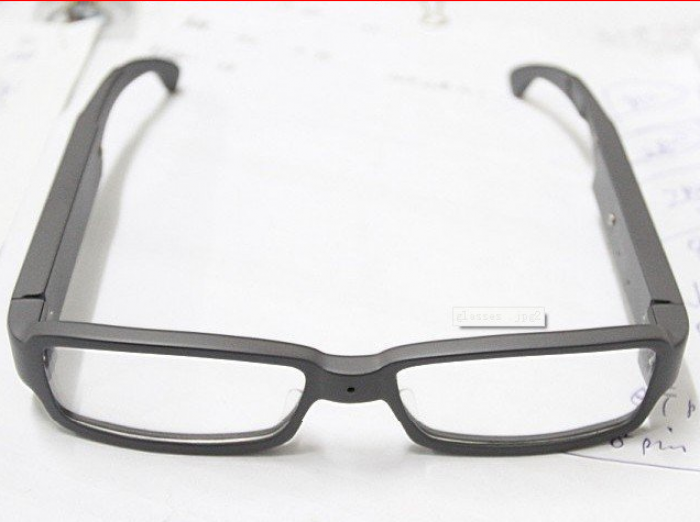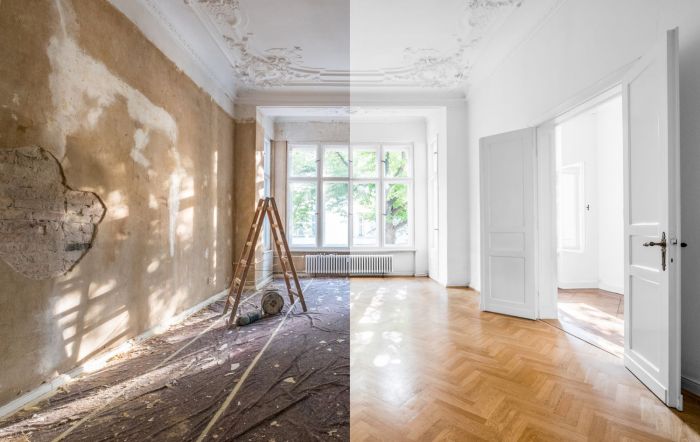
Pinhole optics, implemented in the form of pinhole cameras or pinhole glasses, involve the passage of light through a pinhole, which creates an image with different properties than one created with a lens. Pinhole optics were first applied in pinhole cameras, which were the first type of cameras available to photographers. In a pinhole camera, light reflected off the objects in a scene passes through a small pinhole, which therefore acts as a filter because only certain bundles of light are allowed to create the image on the film. The smaller the pinhole, the sharper the obtained image. However, smaller pinholes translate into dimmer images because of the limited amount of light that penetrates the camera. Pinhole cameras are constructed in a manner that light is allowed to penetrate only through the pinhole. Because a limited amount of light passes through the pinhole to form the image, a longer exposure time is required to obtain pictures of acceptable quality. Cameras with optical lenses form a sharper image, and require a substantially shorter exposure time because they gather and focus all bundles of light reflected off one point of an object, unlike pinhole who simply act as light filters. However, pinhole cameras and pinhole glasses have several unique properties and advantages that are used by photography enthusiasts or eye care professionals who are treating patients with refractive errors.
Pinhole Optics Have An Infinite Depth Of Field
In optics, depth of field is defined as the portion of the image that is in focus. Cameras with optical lenses need to be focused in order to obtain a high-quality image depending on the distance between the object and the lens. Pinhole optics have an infinite depth of field, which means that all objects in a scene appear equally in focus regardless of their distance from the pinhole. Moreover, pinhole optics are not associated with image distortions that are common in lenses because of their curved surface. It means that objects appear shaped identically with how they are shaped in reality. In pinhole optics, a straight line will appear straight on the image and not slightly curved or otherwise distorted.
Pinhole Glasses Can Be Used To Diagnose And Correct Refractive Errors
Pinhole glasses work by allowing smaller bundles of light through multiple pinholes on an opaque lens, which allows a better image focus on the retina. People with refractive errors, such as nearsightedness or farsightedness, see blurred images because the light focuses behind or in front of the retina rather than precisely on the retina of the eye. Using pinhole glasses enables a person to see sharper images because the eye is focused on small bundles of light reflected by an object, which eliminates potential refractive abnormalities.
Pinhole Glasses Or Cameras Reduce The Amount Of Light
Pinhole glasses may be used to protect the eyes from excessive light because they work in a manner similar to sunglasses. They allow an individual to benefit from refractive error correction and a reduction of harmful sunlight and glare, which is especially useful in the elderly or people with degenerative disorders of the eyes. In pinhole cameras, the reduced amount of light that creates the image is compensated by a longer exposure time. Photographers use the unique properties of pinhole cameras to create dynamic pictures in which objects that are in motion appear blurred while stationary objects appear clearly focused.
Kelly Padmore is an optician and mom of four. In her free time, she enjoys blogging on various websites. Find out more about the science of pinholes, here.













